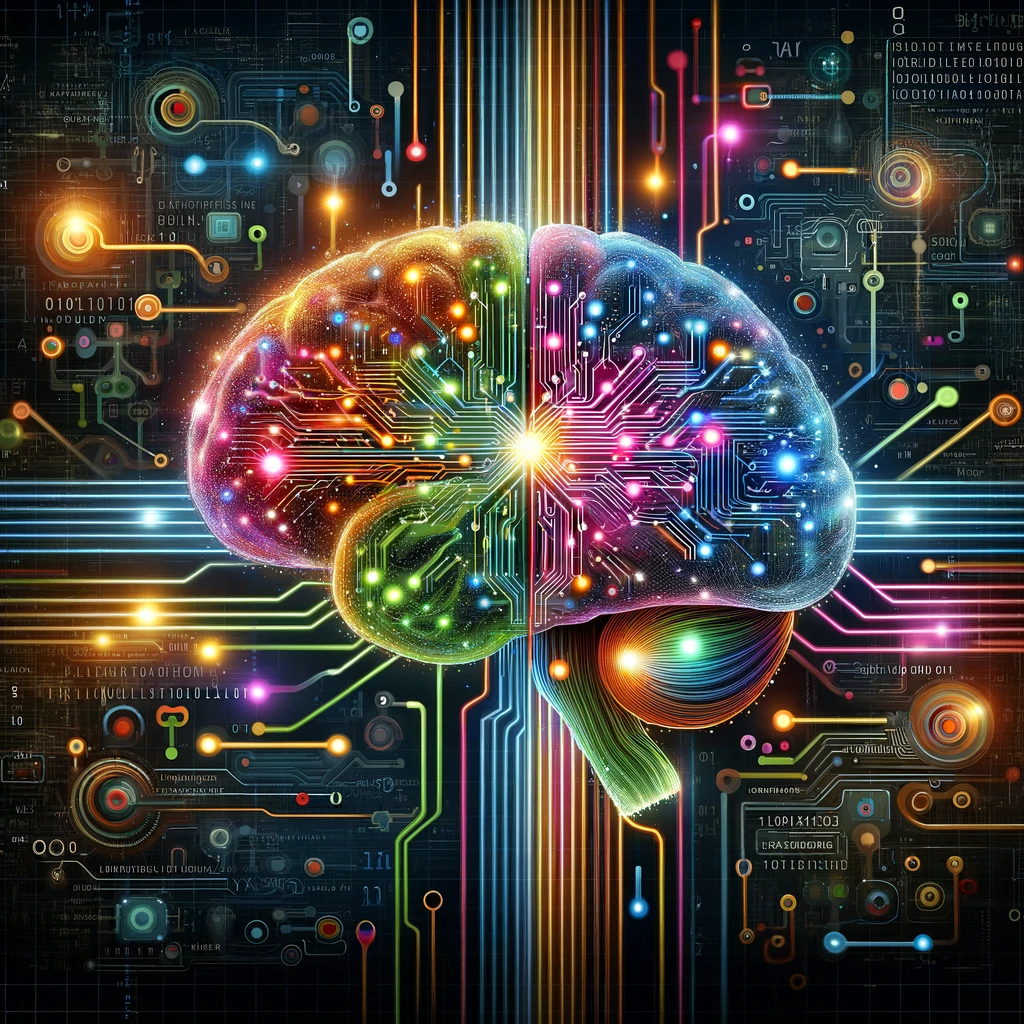Machine learning is a revolutionary technology impacting many business sectors. This comprehensive guide will provide all the necessary information to understand, utilise, and benefit from machine learning in your business.
Machine Learning – What is it? Definition, Explanations, Concept
Machine learning is a branch of artificial intelligence (AI) that allows computers to learn from data and make decisions without being explicitly programmed. This technology relies on algorithms capable of detecting patterns in raw data and improving their performance over time through experience.
The key concept of machine learning is the ability to generate predictive models from vast datasets. There are three main types of machine learning:
- Supervised Learning: Models are trained on labeled data where the expected outcomes are known.
- Unsupervised Learning: Models analyse unlabeled data to identify hidden structures or patterns.
- Reinforcement Learning: Models learn through trial and error, receiving rewards or punishments based on their actions.
How Does Machine Learning Work?
The machine learning process includes several essential steps:
- Data Collection: The first step involves gathering a relevant dataset. The quality and quantity of data are crucial for the model’s success.
- Data Preparation: The data must be cleaned and transformed into an appropriate format. This includes managing missing values, normalising data, and selecting important features.
- Algorithm Selection: Choosing the right algorithm is essential. There are many algorithms available, such as regressions, decision trees, and neural networks.
- Model Training: The model is trained using the training data. This step adjusts the algorithm’s parameters to minimise prediction errors.
- Evaluation and Validation: The model is tested on a validation dataset to assess its performance. Common metrics include accuracy, recall, and the ROC curve. The ROC (Receiver Operating Characteristic) curve is a graph that shows the performance of a classification model at different classification thresholds.
- Deployment and Monitoring: Once validated, the model is deployed in production. It is essential to monitor its performance and retrain it regularly to maintain its accuracy.
Benefits of Machine Learning for Businesses
Machine learning offers numerous advantages for businesses:
- Automation of repetitive tasks: It allows for the automation of tedious processes, freeing up time for more strategic tasks.
- Improved decision-making: By analysing large amounts of data, machine learning provides valuable insights for making more informed decisions.
- Personalisation of services: Machine learning models can personalise recommendations and offers, thus improving the customer experience.
- Fraud detection: It helps identify anomalies and suspicious behavior, thereby reducing fraud risks.
- Operations optimisation: By predicting trends and optimising processes, machine learning can enhance operational efficiency.
Machine Learning vs. Deep Learning: Understanding the Differences
Although often confused, machine learning and deep learning have fundamental differences:
Machine Learning
Machine learning is a broad category of algorithms that enable computers to learn from data. These algorithms include methods like regressions, decision trees, and support vector machines (SVM).
Deep Learning
Deep learning is a subcategory of machine learning that uses artificial neural networks, inspired by the human brain. Deep neural networks (or “deep learning”) can model complex relationships and handle large amounts of data.
Key Differences:
- Complexity of models: Deep learning models are more complex and require more data and computing power than traditional machine learning models.
- Performance: Deep learning excels in tasks that require complex data analysis like image recognition and natural language processing.
- Interpretability: Traditional machine learning models are often easier to interpret than deep learning models, which are often seen as “black boxes.”
In conclusion, machine learning and deep learning are powerful technologies that can transform your business. The choice between the two depends on your specific needs, the amount of data available and the technical resources at your disposal. To find out more about integrating machine learning into your strategy, you can consult our team of experts.


 English
English Français
Français Deutsch
Deutsch
Leave a Reply